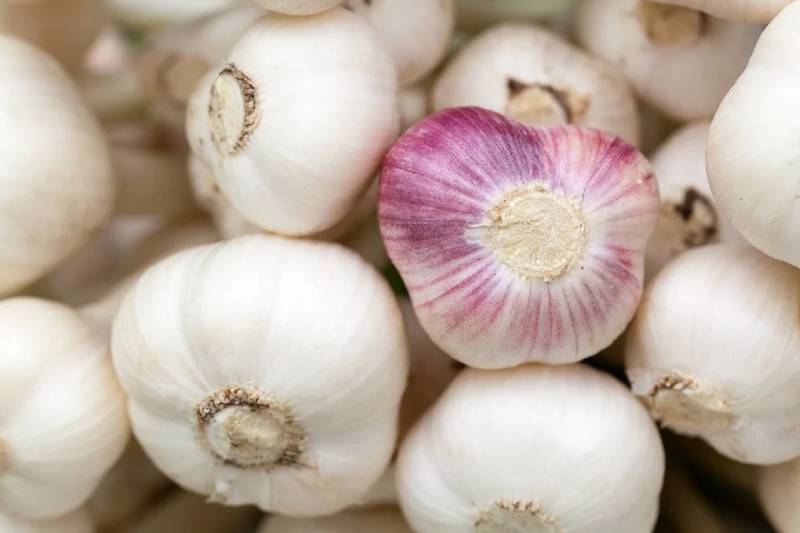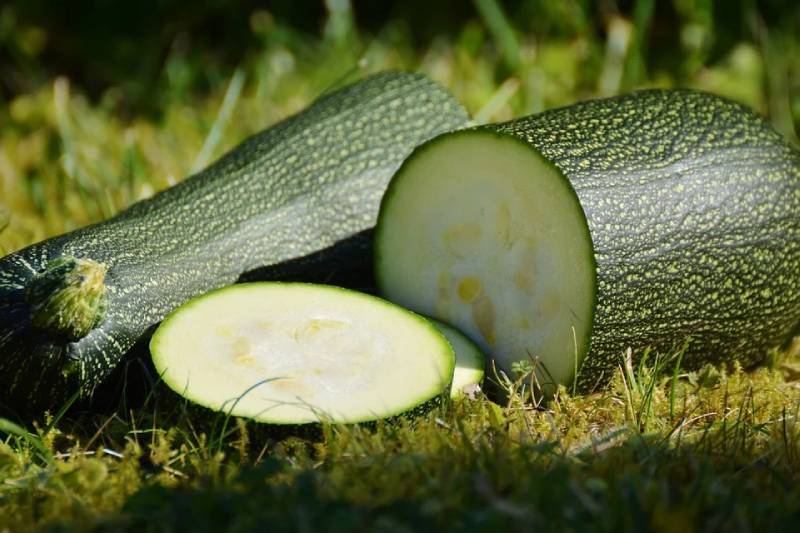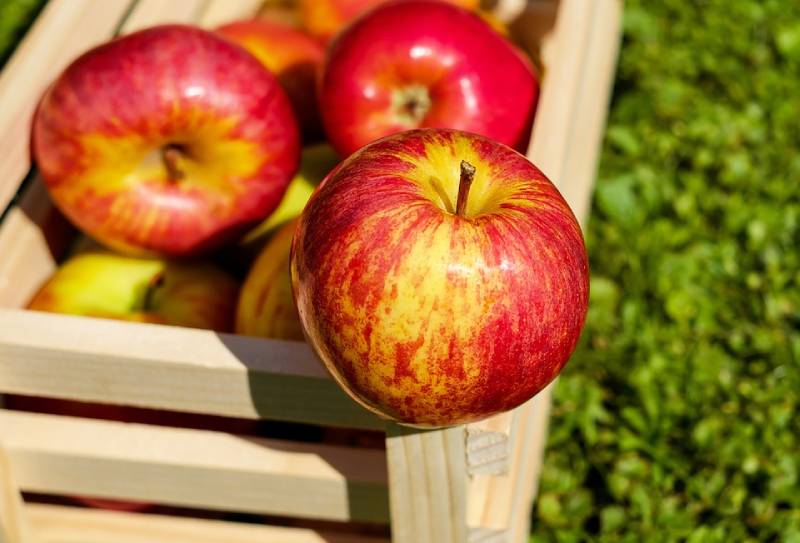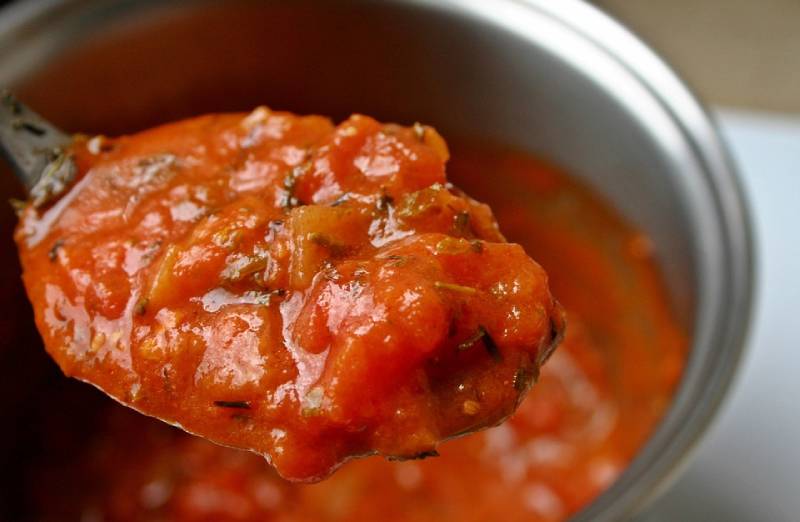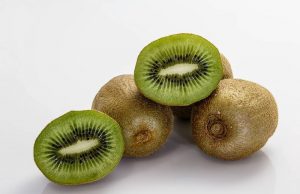Garlic benefits or its medical uses information is provided here.
Does Garlic cause allergy ?
Does Garlic have other colors than white ?
We will answer these questions and give you lots of tips about Garlic, and its Amazing medical effect on your body.
Different kinds of apple in iran – all types pf persian apple
eggplant benefits + nutrition facts + taste of organic eggplants
20 DELICIOUS RECIPES WITH CHERRY
History of Garlic
Garlic is believed to be native to central Asia, South Asia, or southwestern Siberia, although its exact origin remains debated. As one of the world’s oldest cultivated crops, garlic has a rich history that spans thousands of years.
Ancient garlic enthusiasts carried this pungent herb into Egypt, Pakistan, India, and China. Later, the Crusaders introduced garlic back to Europe. Subsequently, Spanish, French, and Portuguese settlers brought garlic to the Americas.
For over 5,000 years, garlic has served many roles — as food, medicine, an aphrodisiac, currency, and even in magic potions.
Is Garlic Leaf Edible?
If you’re wondering whether garlic leaves are edible, the answer is yes.leaves can be eaten and are often used fresh in cooking.
Garlic Benefits
Garlic offers a wide range of health benefits:
Contains compounds with potent medicinal properties
Highly nutritious but low in calories
Can combat sickness, including the common cold
Active compounds may reduce blood pressure
Improves cholesterol levels, potentially lowering heart disease risk
Contains antioxidants that may help prevent Alzheimer’s disease and dementia
May help you live longer
Could enhance athletic performance when taken as supplements
May detoxify heavy metals in the body
Might improve bone health
Easy to include in your diet and tastes delicious
Because of these advantages, garlic is often called a “superfood” with both culinary and medicinal uses.
Medical Effects of Garlic
Cardiovascular diseases, such as heart attacks and strokes, remain the world’s leading killers. Among their main causes is high blood pressure, or hypertension. Fortunately, human studies have found garlic supplements to significantly reduce blood pressure.
For example, one study showed that 600–1,500 mg of aged garlic extract was as effective as the drug Atenolol in lowering blood pressure over 24 weeks. To achieve these effects, fairly high doses are needed—roughly equivalent to four cloves of garlic per day.
Garlic supplements also appear to reduce total and LDL (“bad”) cholesterol by about 10–15%. Interestingly, garlic has no reliable effect on HDL (“good”) cholesterol. Although high triglycerides are another heart disease risk factor, garlic does not significantly affect triglyceride levels.
Garlic Nutrition Facts (per 100 g)
| Nutrient | Quantity | %DV | Nutrient | Quantity | %DV |
|---|---|---|---|---|---|
| Energy | 149 kcal | – | Vitamin A | 9 IU | 0% |
| Carbohydrates | 33 g | – | Vitamin B6 | 1.235 mg | 95% |
| Sugars | 1 g | – | Vitamin C | 31.2 mg | 35% |
| Dietary fiber | 2.1 g | – | Vitamin E | 0.08 mg | 0% |
| Fat | 0.5 g | – | Vitamin K | 1.07 μg | 1% |
| Protein | 6.4 g | – | Calcium | 181 mg | 14% |
| Potassium | 401 mg | 9% | Copper | 0.299 mg | 33% |
| Water | 58.58 g | – | Iron | 1.7 mg | 9% |
| Sodium | 17 mg | 1% | Magnesium | 25 mg | 6% |
| Zinc | 1.16 mg | 11% | Manganese | 1.672 mg | 73% |
Garlic Varieties and Colors
Sometimes, you may notice garlic bulbs with purple-tinged skins among white ones. These colorful “jackets” aren’t just for show — purple garlic is a distinct variety.
White Garlic
White garlic, the most common type found in grocery stores, belongs to the soft-neck variety. The stalk does not grow through the center of the bulb. Instead, one bulb contains cloves of varying sizes, larger ones around the outside and smaller ones in the middle. The stalk remains flexible, making it easy to braid. White garlic is hardy, ships well, and has a long shelf life. When fresh, it boasts a powerful flavor.
Purple Garlic
Purple garlic has a woody stalk running through its center, classifying it as hard-neck garlic. Its cloves tend to be larger and more uniform in size compared to white garlic. Fresh purple garlic is juicier with a milder flavor. Some supermarkets carry this variety.
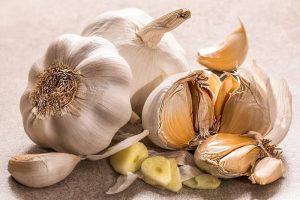

Blue Garlic
Unexpectedly, garlic can turn a bright blue-green or turquoise color during cooking or pickling. Although this striking hue might make your dishes look unusual or even unappetizing, it poses no health risk. This color change affects only the eyes, not the body. So if your garlic suddenly looks fluorescent, don’t worry—it’s perfectly safe to eat.
Garlic and Blood Type B
Each blood type has dietary recommendations, and garlic is particularly beneficial for people with blood type B. In fact, it is considered “superbeneficial” for cancer prevention in this group. Specifically, garlic is neutral for B Secretors but beneficial for B Non-Secretors.
Is Garlic Related to Onion?
Garlic and onions both belong to the Allium family, which also includes shallots, leeks, and chives. Due to their health-promoting properties, they are often regarded as medicinal foods in healing traditions such as Ayurveda.
Garlic Allergy and Intolerance
While some people take garlic supplements to lower cholesterol and blood pressure, true garlic allergies are rare. More commonly, individuals experience intolerance or sensitivity rather than a true allergic reaction.

